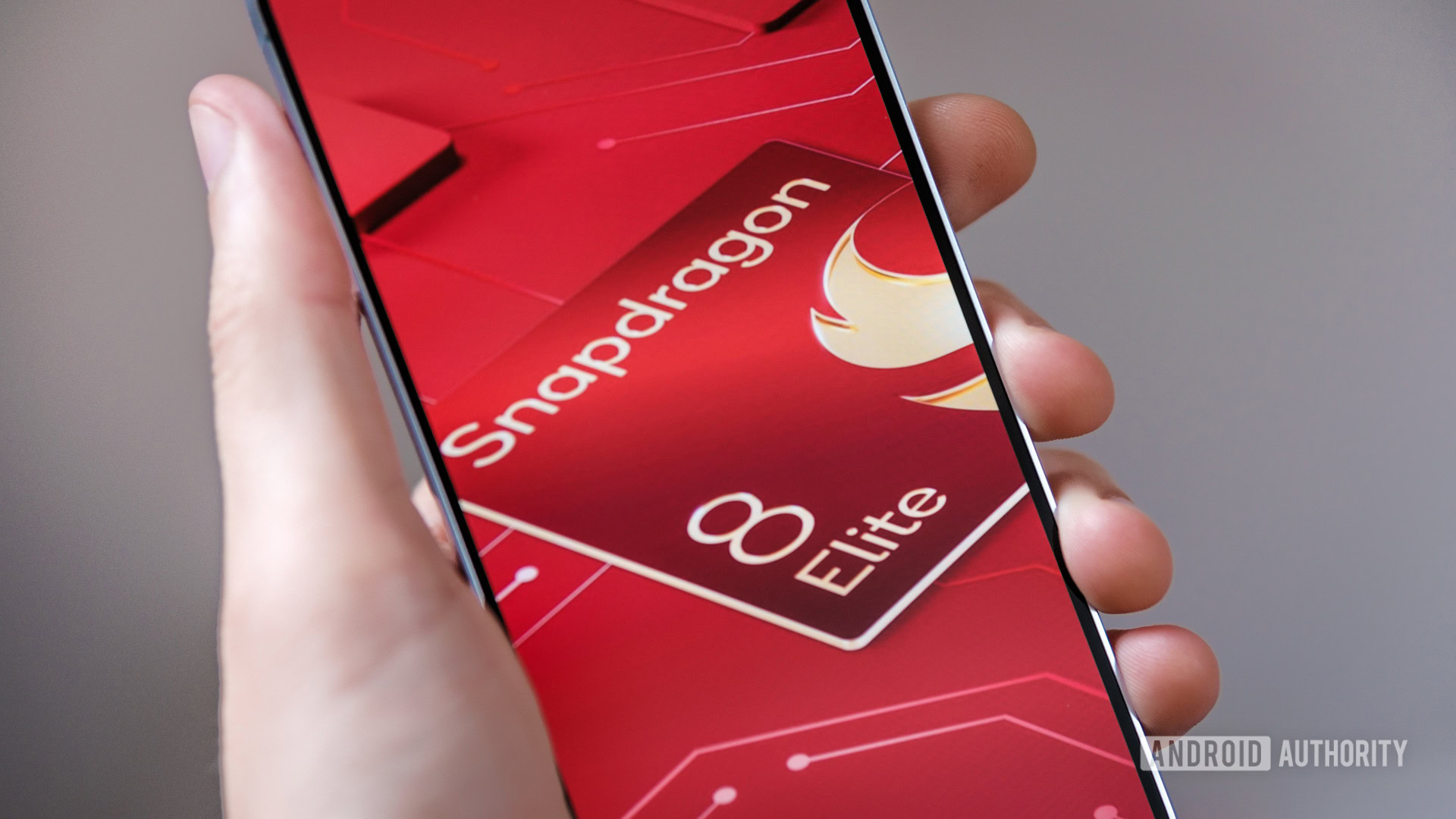We live in age when scientists are often scrutinised on social media, their advice ignored and events that happened ‘debunked’ (see Kim Kardashian’s latest thoughts about the ‘supposed’ moon landing). We seem to live in a world where nothing happened the way it was, if you believe the conspiracy theorists.
And sure, from the perspective I write about, which is TV and audio, there’s a similar stance that’s taken. Can you really believe that ANC headphones cancel noise two million times per second? Is that TV really that bright, etc, etc? Some of it is all marketing hype, and in some cases, there’s no way that reviewers could actually test those assertions.
We’re all very sceptical, and want to be proven right but I place some faith in scientists and researchers that they know and understand what they’re talking about.
And then this article popped up on my feed, and I started shaking my head.
Resolution is important, but not the main thing
The article seems to come down on the topic of resolution, without seemingly understanding its purpose when it comes to TVs.
Yes, the crux of there not being a noticeable difference between resolution with certain sized TVs is true. What works for 4K at one size will not work as well for 2K resolution and vice versa, while 8K can have a greater impact than 4K does.
Where I myself start to become sceptical is when the article is vague when describing the “average-sized living room”. Perhaps I’m dim, but I do not know what the average-sized living room means.
How big is that? How small is that? How far away am I sitting from the screen? It’s a vague term that offers no specifics or provides much insight into the testing that went on. You can read our guide on what size TV you might need for your room with regard to the size and the resolution.

Another red flag appears at the end of the article.
“If someone already has a 4K, 44-inch TV and watches it from about 2.5 metres away, that’s already more detail than the eye can see,” Ashraf said. “Upgrading to an 8K version of the same size wouldn’t look any sharper.”
No such thing as a 44-inch 8K TV (for commercial use) exists or has ever existed on this planet. Ever. You cannot upgrade to an 8K, 44-inch TV. There’s not even a 44-inch TV (if you see it, it has to be a typo). The closest size is a 43-inch screen.
The lowest size Samsung has created is 55 inches, and that I will happily agree is not the best showcase for 8K, as cramming that many pixels into a screen of that size will not provide the upgrade in resolution.
That is why 8K works best at bigger screen sizes. This article never takes that into account; it seems to consider all sizes to offer the same experience.


There are display technologies that can reduce the effect of resolution, such as a matte screen, which makes what you see on the display look less sharp, with the benefit of reducing reflections. ‘Wide Angle’ tech in LCD TVs can have the same effect, while the quality of the panel itself can be an issue with regards to detail, clarity, and sharpness; and let’s not forget the capabilities of a TV’s processor too, especially in the AI world we increasingly live in.
I’ve watched the same content on both 4K and 8K TVs at the same time (though an HDMI splitter) and the increase in sharpness, detail and clarity because of the increased resolution (as well as the processing on the TV) easily makes 8K a better choice at bigger sizes.
8K at bigger sizes offers a resolution gain, but that’s not the main reason I’m buying a bigger-sized TV. I’m buying it for the ‘scale’ that it offers. Who on earth cares about how many pixel lines I can see on the screen? That’s not what I, or you, watch on any screen whatsoever.
It’d be like moaning about how IMAX offers no meaningful bump on an “average-sized cinema screen”. You are, quite flagrantly, missing the point.
HDR is the real upgrade


Leaving the resolution debate behind, this ‘scientific experiment’ doesn’t consider anything else other than resolution. Worse than that, it seems to think that computer monitors, TVs and displays are all the same; which is quite a simplistic viewpoint to take.
HDR can have a big sway on the content you watch, and like resolution, it can be affected by size, panel quality and price.
Buy a cheaper TV, and you will not get a meaningful HDR experience. It’s considered that around 500 – 600 nits is where you start to see the effects of HDR, and much like a bigger screen can be better, brighter TVs can have a transformative effect on your experience.
Displays capable of better black level performance, brighter highlights, stronger contrast and a wider range of colours will make cheaper TVs look prehistoric by comparison. Not everyone can afford a TV that’s bright enough to hit 1000 nits and above, but when buying a screen, that’s also something to take into account.
The capabilities of your TV will be determined by many things, and I find it a struggle to take this Guardian article (and the science behind it) seriously because it does not come across as particularly rigorous at all.
Yes, it’s true that at a certain distance it doesn’t matter how many pixels you add, but whittling the experience down to a pixel count omits plenty of other aspects that will affect your viewing experience.
That is not why or how we watch TV, and the scientists behind this study should know better.












